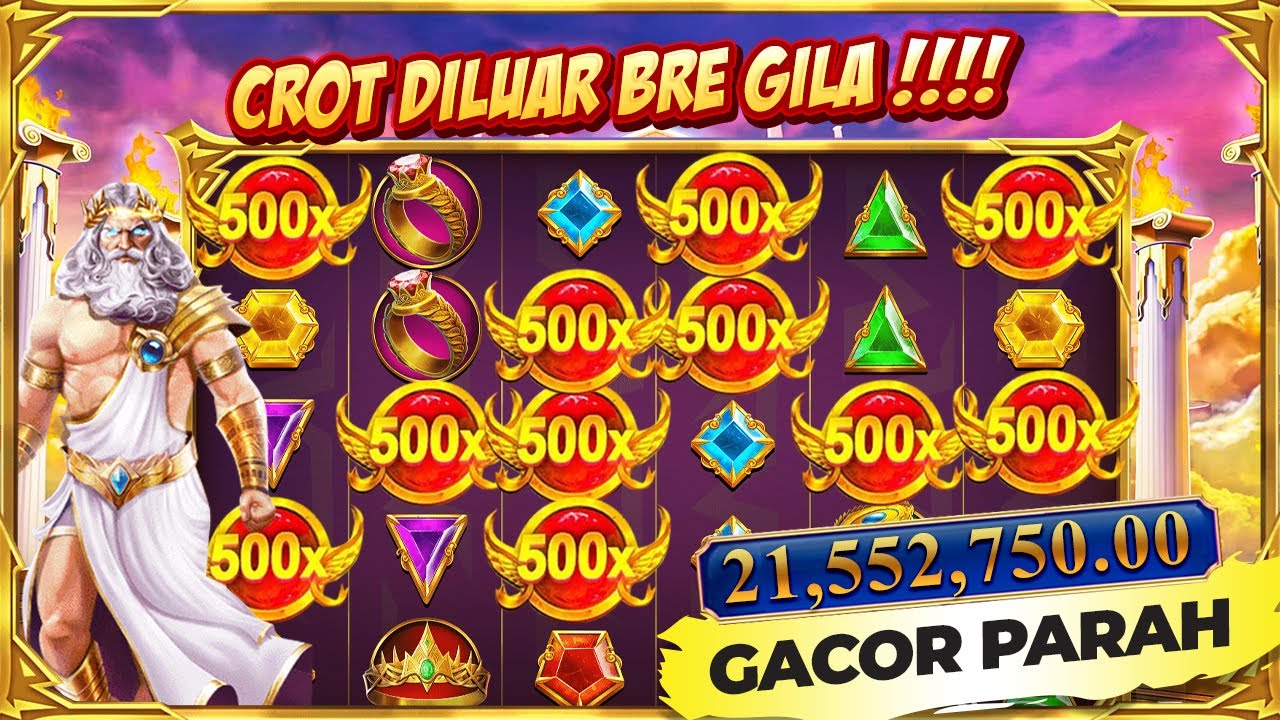The Ultimate Guide To 23naga

Nāga given that the lesser deity of earth and h2o is common inside the Hindu period of Indonesia, ahead of the introduction of Islam.
The Nāga (Lao: ພະຍານາກ) is believed to live in the Laotian stretch of the Mekong or its estuaries. Lao mythology maintains which the nagas tend to be the protectors of Vientiane, and by extension, the Lao point out. The association with nagas was most Plainly articulated for the duration of and instantly after the reign of Anouvong.
Nagas also show up in The Battle for Wesnoth, and therefore are depicted as a far more snakelike counterpart into the merfolk, who tend to be their enemies.
This post could have irrelevant references to well-known culture. Be sure to enable Wikipedia to boost this informative article by getting rid of the content material or including citations to dependable and independent sources. (September 2024)
Encyclopaedia Britannica's editors oversee issue regions by which they may have comprehensive understanding, whether or not from years of working experience obtained by engaged on that material or via review for an advanced degree. They write new content material and confirm and edit content material gained from contributors.
Early depictions of circa-9th-century Central Java carefully resembled Indic nāga which was depending on imagery of cobras. For the duration of this period, nāga-serpents had been depicted as large cobras supporting the waterspout of yoni-lingam.
In Balinese tradition, nagas tend to be depicted battling garuḍas. Intricately carved nagas are discovered as stairs railings in bridges or stairs, like those located in Balinese temples, Ubud monkey forest, and Taman Sari in Yogyakarta.
s are Shesha (or Ananta), who during the Hindu fantasy of creation supports Narayana (Vishnu) as he lies over the cosmic ocean and on whom the made planet rests; Vasuki, who was used for a churning rope to churn the cosmic ocean of milk; and Takshaka, the tribal chief of the snakes.
s are represented in a totally zoomorphic type, as hooded cobras acquiring 1 to seven or maybe more heads; as human beings with a several-hooded snake Cover around their heads; or as half human, With all the decreased part of the body under the navel coiled similar to a snake in addition to a canopy of hoods above the heads.
The devas and also the asuras decided to get Amṛta (Ambrosia—the celestial honey of immortalily) by churning the sea of milk. The Devas went to deliver Mandara-mountain, to be used because the churning rod. Their attempt was futile. The asuras produced a trial Using the exact same outcome. The Bhūtagaṇas (Guards) of Śiva also created a vain attempt. Around the instruction of Viṣṇu, Garuḍa went and brought the mountain as easily as an eagle usually takes absent a frog. Now Vāsuki really should be introduced. The Devas and Gandharvas failed in that attempt also. Garuḍa who was haughty of his strength and velocity, went to town with the nāgasoline (serpents) and requested Vāsuki to come to The ocean of Milk.
Antaboga, the globe serpent in Javanese and Balinese mythology of Indonesia, who developed the 23naga whole world turtle Bedawang the place the planet resides on its back again
Your browser isn’t supported anymore. Update it to find the greatest YouTube experience and our most current attributes. Find out more
Cite Though just about every work has become built to adhere to citation design regulations, there might be some discrepancies. Please consult with the 23naga suitable model handbook or other resources if you have any queries. Decide on Citation Model
Karkotaka, a naga king in Indian mythology who controls temperature, that lived in a forest near Nishadha Kingdom and bit Nala at the request of Indra 23naga controls temperature
This segment needs more citations for verification. You should aid strengthen this text by including citations to dependable resources In this particular segment. Unsourced material can be challenged and taken out. (November 2023) (Learn how and when to eliminate this message)
naga, in Hinduism, 23naga Buddhism, and Jainism, a member of a category of mythical semidivine beings, fifty percent human and 50 percent cobra. They are a powerful, handsome species who will believe possibly wholly human or wholly serpentine type and therefore are most likely dangerous but usually useful to individuals.
^ Kathiragesu Indrapala writes that "From the traditions preserved during the 23naga early Sri Lankan chronicles and in the early Tamil literary works the Nagas appear as a definite team".[forty] He even further writes that "the adoption with the Tamil language was encouraging the Nagas during the Tamil chiefdoms to generally be assimilated into the foremost ethnic team there".